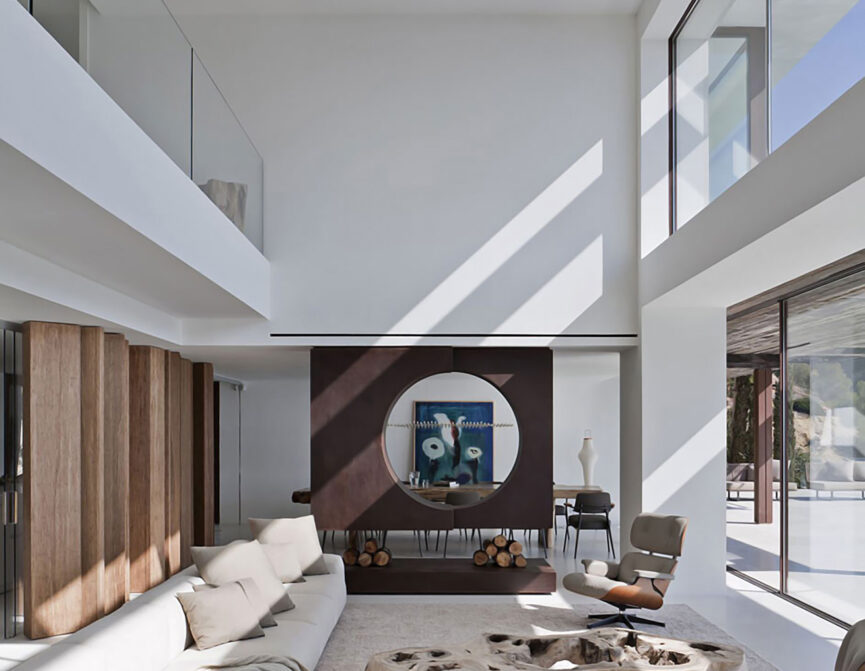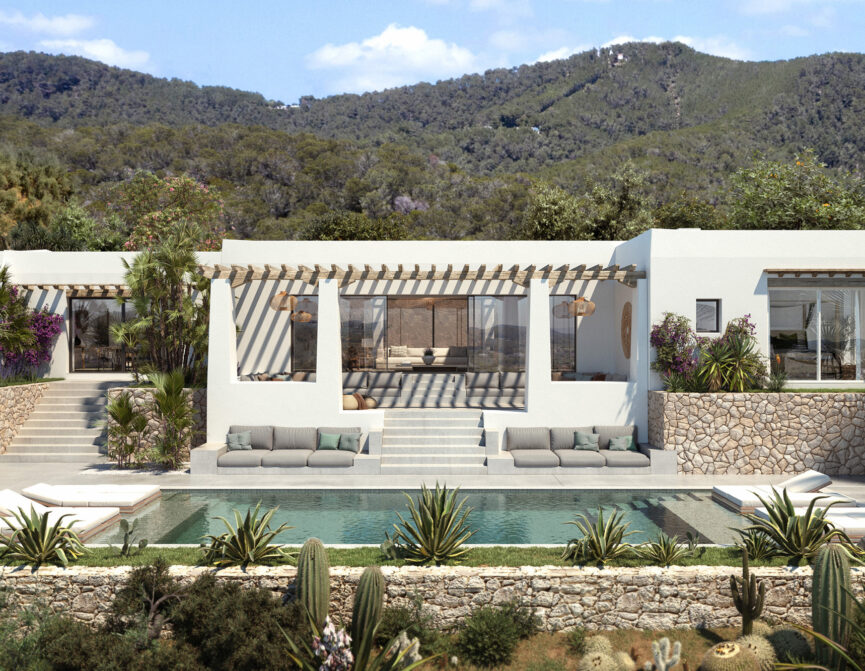Eduardo de Castro discusses his studio’s penchant for creating modern architecture with a deep understanding of sustainable design and the Mediterranean lifestyle.
Foster + Partners. CallisonRTKL. Mada s.p.a.m: Modern architecture practices that share a reputation for high-tech design solutions, a bespoke approach and buildings that reflect their temporal and geographical context.
What else do they have in common? You’ll find each one listed on Eduardo de Castro’s CV. Before joining his father Fernando at De Castro Arquitectos, Eduardo gathered years of experience working across both Europe and Asia. His extensive portfolio ranges from urban master planning to large-scale architecture and modern interior design projects in commercial, educational, cultural, residential and mixed-use developments.
Now, heading up De Castro Arquitectos’ Ibiza branch, Eduardo is responding to the demands for high-end pieds-à-terre with an approach that is at once international and localised. Given his diverse portfolio, it’s unsurprising that his knowledge of typologies and vernacular is meticulous, equipping him with a granular understanding of Ibiza’s traditional architecture. “Heritage is essential to architecture,” Eduardo says. “It’s the knowledge accumulated through the passing of time. Ignoring this dynamic would be to disregard the island’s culture.”
With international clients giving in to Ibiza’s magnetic pull, there’s a growing need to modernise the island’s historic architecture without losing its inherent qualities. That’s where Eduardo’s “open-minded and boundless approach” alongside his broad cultural experience steps in.
It’s precisely because of his worldly background that he is approached by globetrotters; people who are looking for a home that will let them enjoy a modern Mediterranean lifestyle and be a part of a diverse and multicultural community.
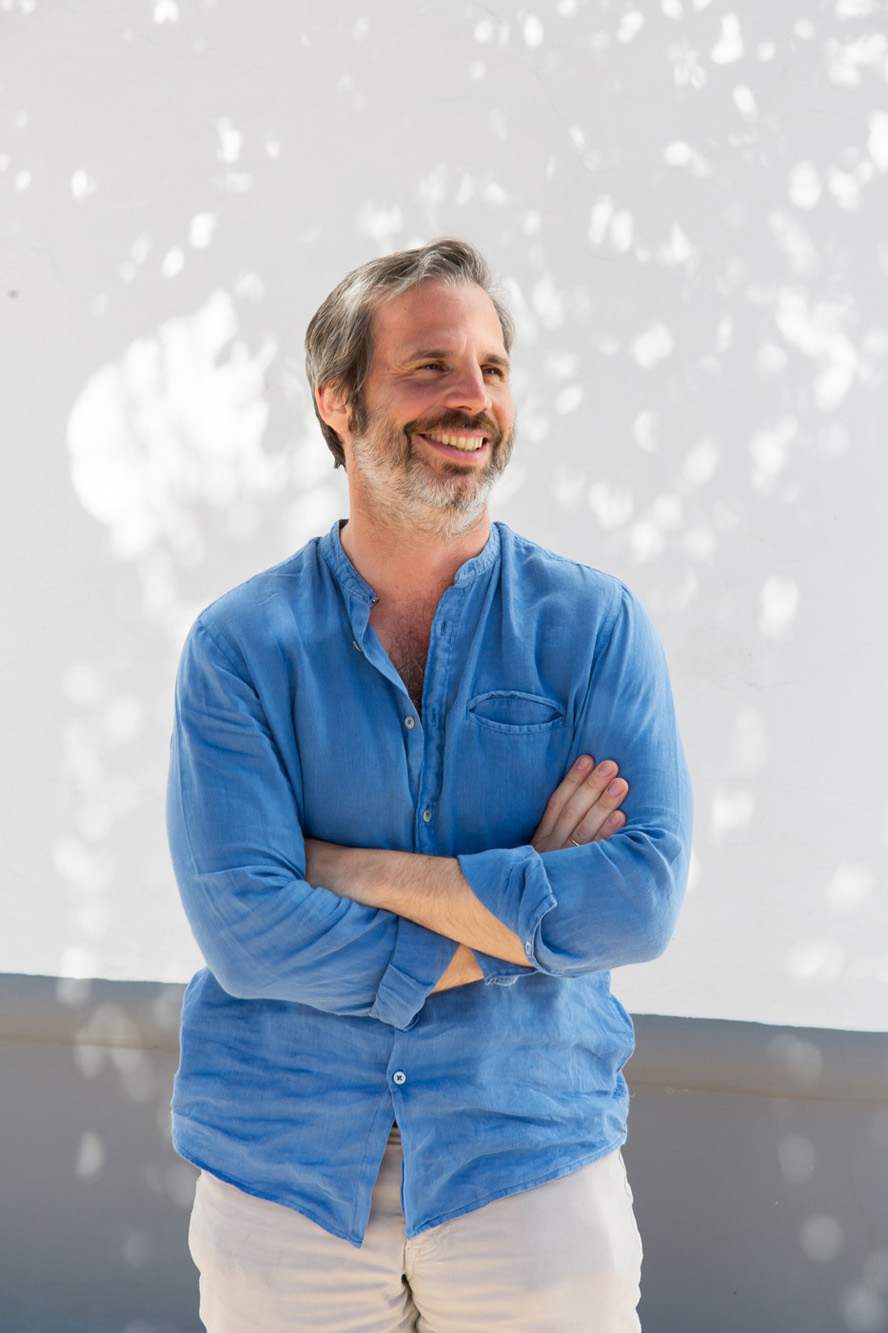
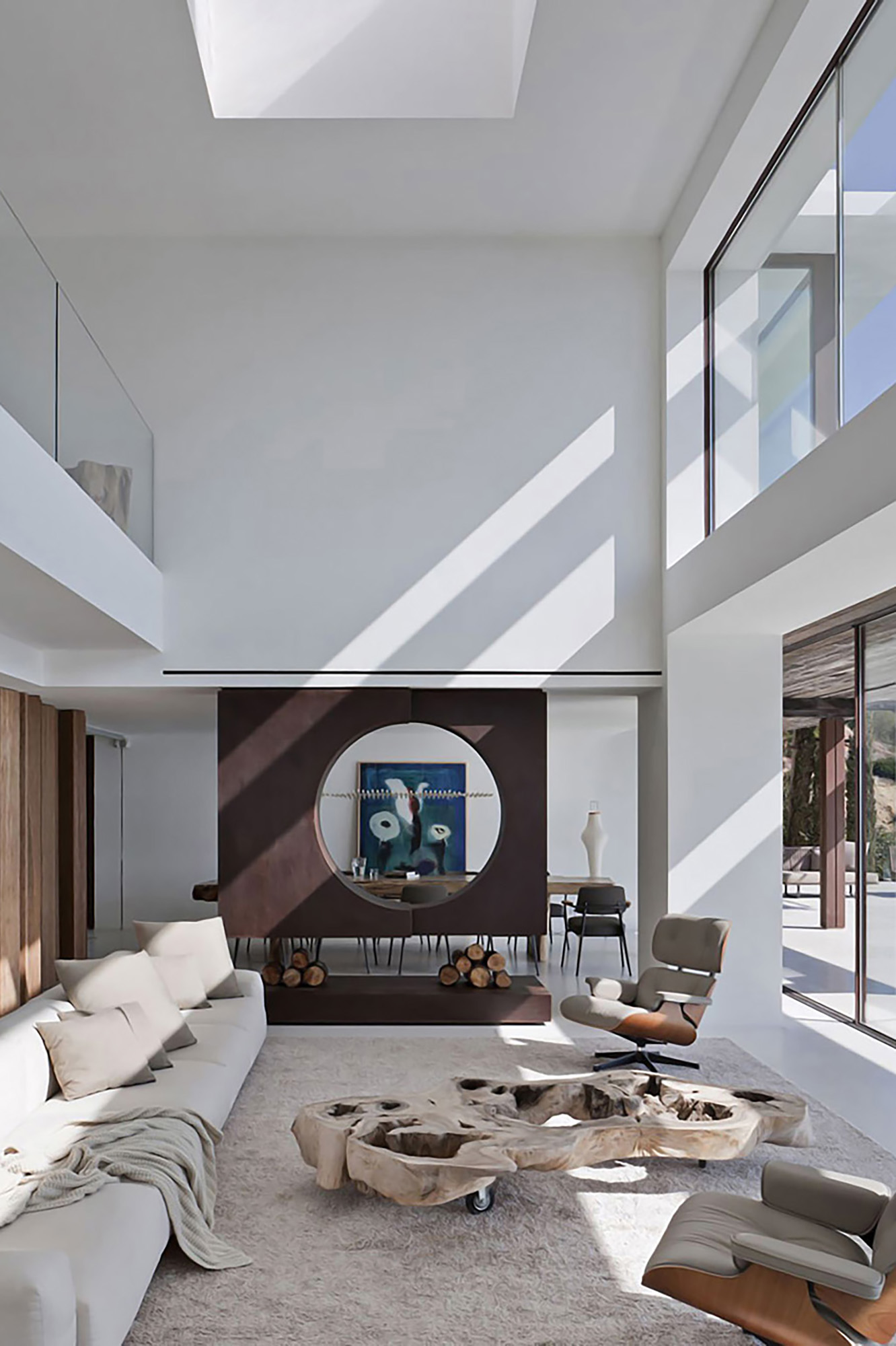

So, what does this look like in practice? Many of these homes share the same core concepts, Eduardo points out: “blurred interior and exterior boundaries through large, glazed openings and extended canopies oriented towards expansive sea views.”
Villa Sa Calma, for example, makes the most of its frontline position. Vistas of Porroig and Formentera are uninterrupted thanks to vast glass doors that slide back to open the entire double-height living space to the outdoors.
The idea of removing boundaries, Eduardo emphasises is a more contemporary solution to an age-old issue faced by people living on the island. Ibiza’s sunny climate meant that residential design had to have thick, white walls punctuated by small openings to keep the internal spaces cool.
While Eduardo’s projects are woven with modern hallmarks, you’re never far from a relic of the past. “Our architecture combines the use of different materials typically used in traditional design but with a different architectural expression,” he states. This includes Ibiza’s whitewashed framework, timber canopies and natural stone. “We source local materials and stones that allow for our projects to be better grounded in the White Isle vernacular.”
Heritage is essential to architecture. It’s the knowledge accumulated through the passing of time.
- Eduardo de Castro

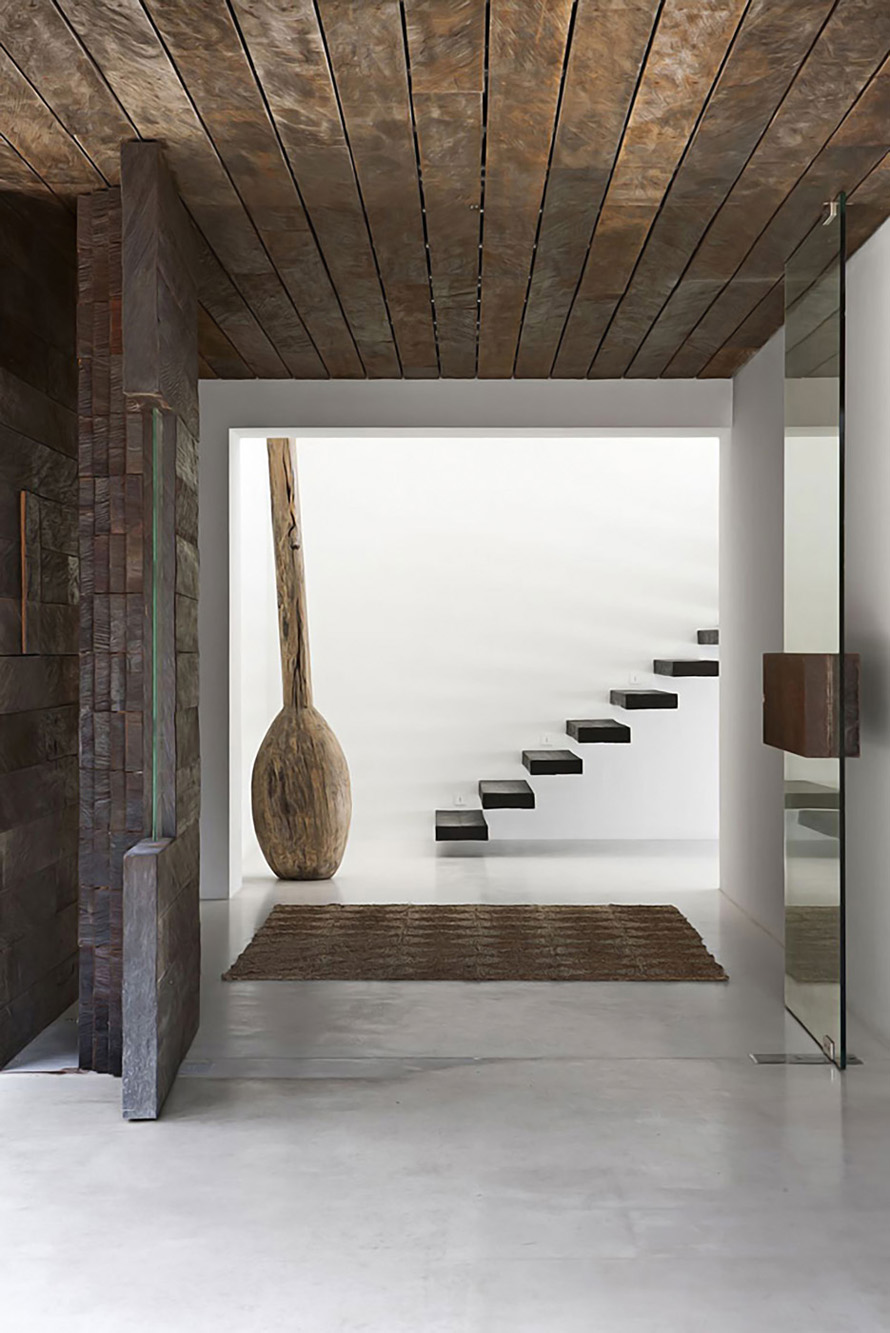
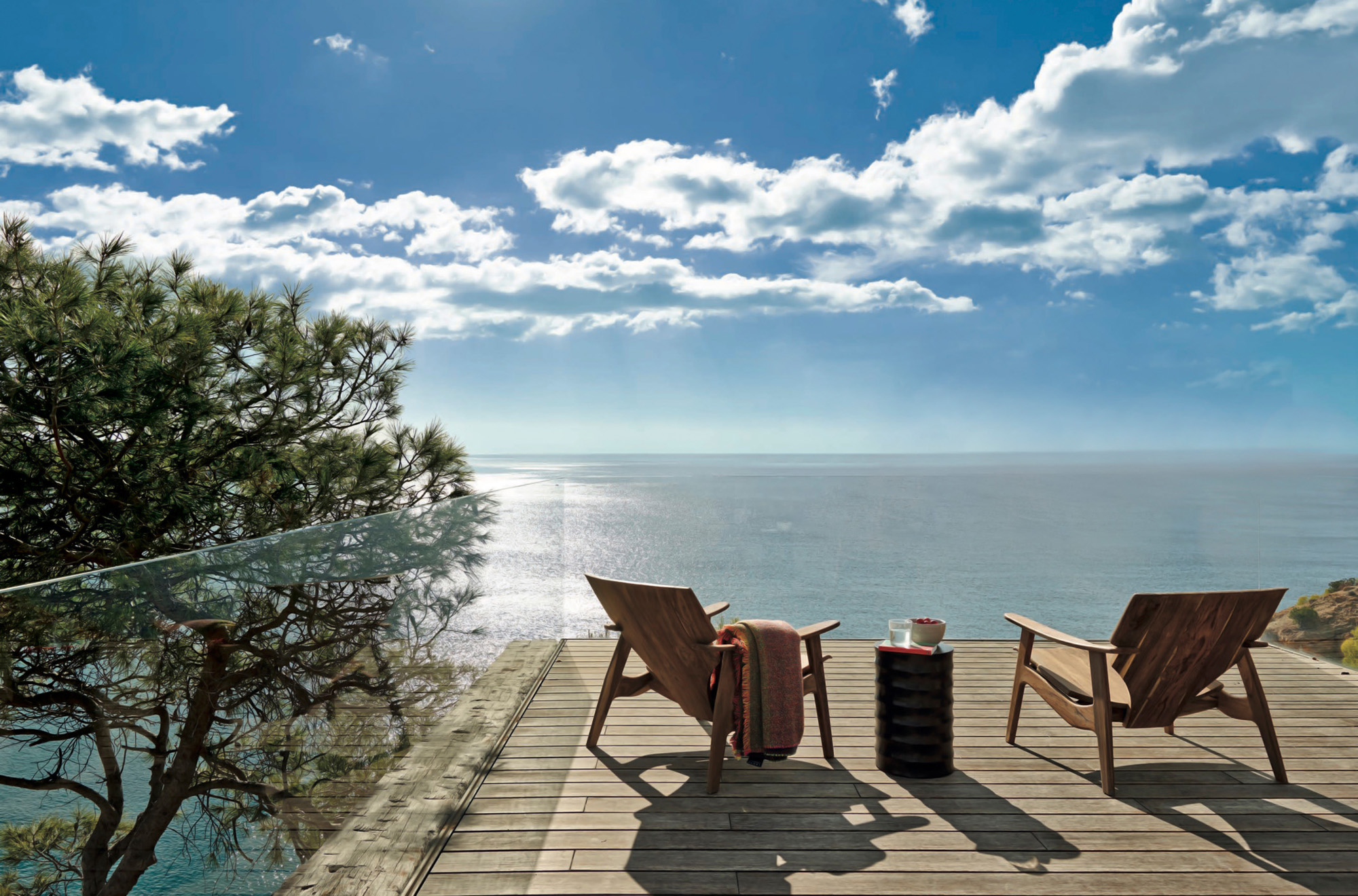
Like traditional island residences, Eduardo is careful to create a seamless dialogue between landscape, form and function. Drawings are adapted to the site’s topography, conditions and views. Internal spaces are then enhanced by making the most of the natural light and maximising ventilation.
His responsive approach is kind to the environment in other ways too. Sustainable design is increasingly a consideration for conscientious studios and De Castro Arquitectos is no different. “Sustainability has always been present in traditional architecture; we should always learn from nature and mimic its mechanisms,” Eduardo says. Complementing a heritage palette with contemporary technology such as improved energy efficiency or a recycling water and treatment system play an important role in his architectural masterplans.
Eduardo credits his experience working in Shanghai and London for his ability to draw up architectural designs that are fluid and adaptive. Seeing challenges like long-winded planning permission processes and supply chain issues as opportunities to grow, his patience and out-of-the-box interventions are winning him some of Ibiza’s most exclusive projects. “Designers should utilise local materials and revive traditional craftsmanship to build homes that are respectful of the island’s legacy. These issues we’re facing are the perfect chance to make them the default design choice.”



